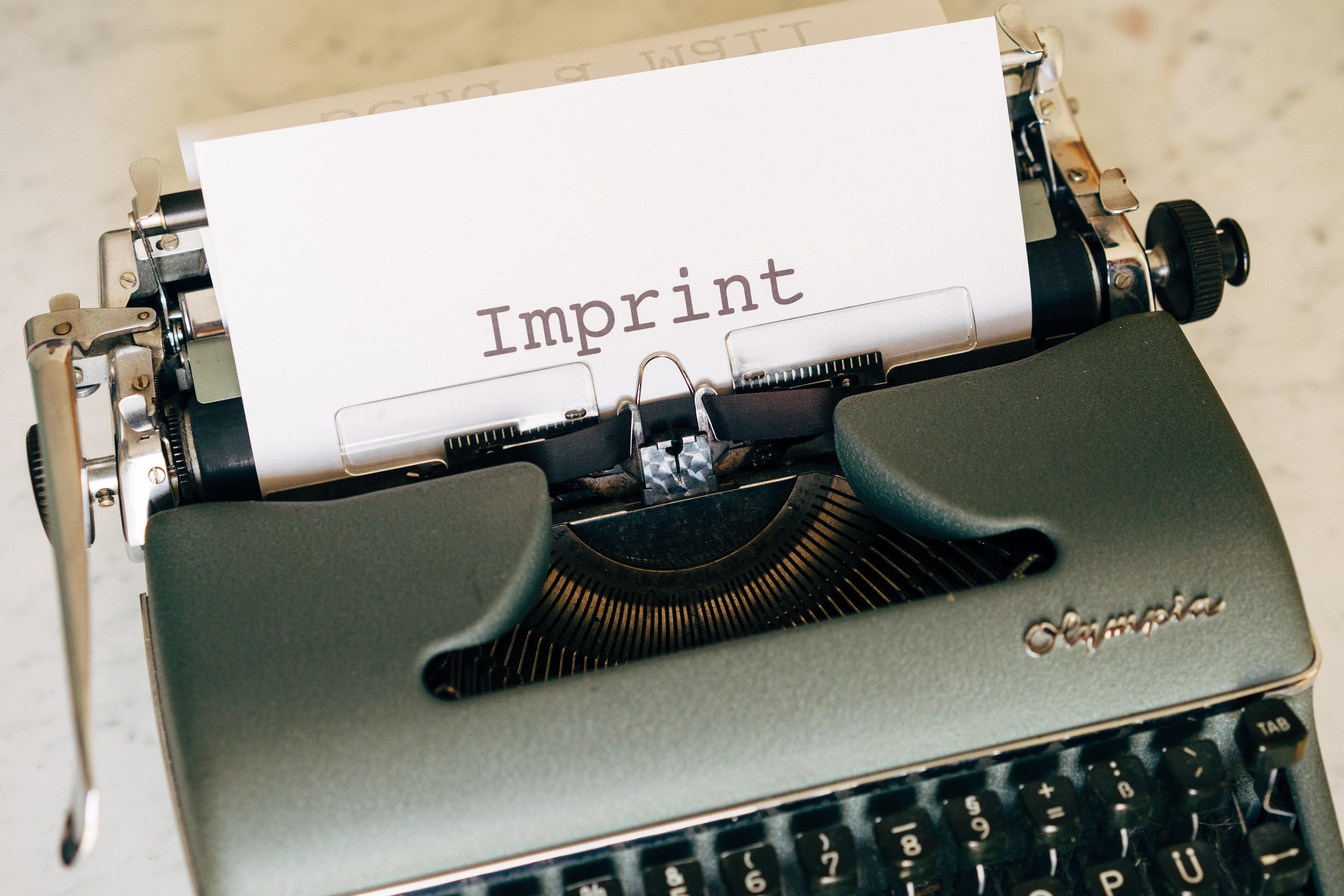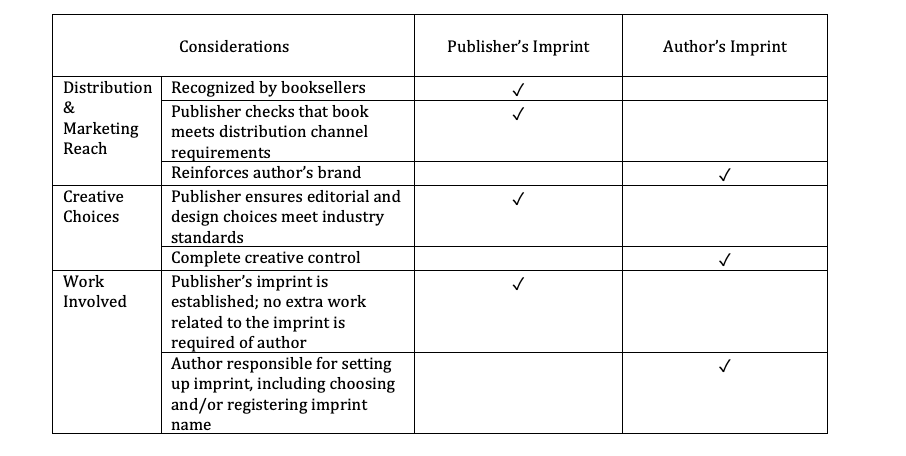WHAT IS AN IMPRINT AND WHY IS IT IMPORTANT?

Pick up any book off the shelf and on the spine, usually at the bottom, you’ll see a business name. Often that name has “Books” or “Press” at the end, and it can be accompanied by a small logo. That name is the imprint, the book industry term for the brand the book is published under.
Traditional publishers each have several imprints and will assign a book to an imprint based on its content and market potential. Authors who independently publish their books have a choice. If they are working with a publishing company like Greenleaf, most authors publish under one of the company’s imprints. But they do have the option to create their own.
Who notices imprints?
Most readers don’t pay much attention to the imprint. Think about the last time you were in a bookstore or browsing for a book online. What caught your eye? Definitely the cover. Hopefully the title. And if the author’s name was familiar, that likely caught your attention too. If you picked up the book or scrolled through the book’s online page, you probably skimmed the summary and any endorsements or reviews. But did you even notice the imprint? If you did, it probably didn’t sway your decision on whether to buy the book.
However, booksellers do recognize imprints. Those imprints connected with publishing companies signal to the bookseller that industry professionals helped the author meet editorial and design standards—that the book is “bookstore ready.” And that could affect the bookseller’s decision on whether to stock the book.
SHOULD I CREATE MY OWN IMPRINT?
Most of the time, a publisher’s imprint is the way to go. However, the following is a list of reasons why you might want to publish under your own imprint.
· Fit with distribution/marketing: If you’re publishing nonfiction and your best path for selling your book is through your own channels (like your website), or if your book is a companion to other branded products or services you provide, then having your company name as the imprint may be a good choice. It can help your book be consistent with the rest of your product/service branding.
· Creative control: In most cases, the editorial and design standards a publisher requires for your book to be on their imprint are a big help to you. Those standards help your book’s professionalism and readability, which in turn make for a good reader experience and can help your book get positive reviews. On occasion, though, a unique approach may be what is best for your book. The key here is to consider creative choices from the reader’s perspective—what makes the best reading experience for them? And keep in mind that deviations from industry standards may make your book ineligible for some distribution channels.
· You have time for the behind-the-scenes effort: There is some work involved in setting up your own imprint (you don’t need an imprint name, but it looks more professional if you do). You will need to check that any name you choose isn’t already trademarked. You also need to decide whether you should protect your imprint’s name by registering it with the U.S. Patent and Trademark Office. And you must think through whether it is in your best interest to register that imprint name yourself, through an existing business, or through an LLC you create for this purpose.
The pros and cons of using a publisher’s imprint or your own
The important factors for using a publishing imprint or one you create are listed side-by-side in the following table:

Once you’ve thought through your imprint choices from the perspective of distribution and marketing, publishing standards, creative control, and potential extra work you may have to take on, you’ll be able to select the imprint option that is best for your book.
